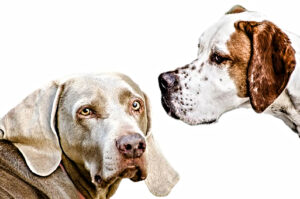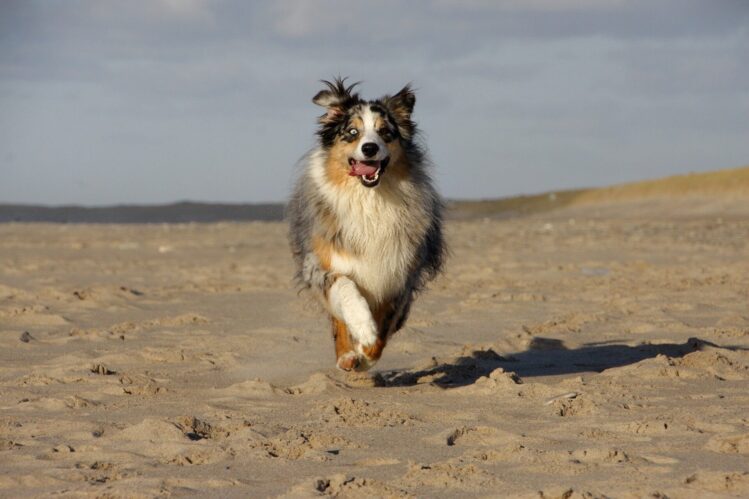

Almost all of us are guilty of treating the trip to the veterinarian as a chore that we have to do every few years. But it’s much more serious than just getting your dog’s shots and checking it’s heart.
Veterinarians are taught to do a hands-on physical examination on each and every patient. How would you feel it you took your pet in for an ear infection and miss signs of kidney failure because a compete examination wasn’t performed.
What Makes Up The Components Of A Complete Examination
Below are listed the various parts of a complete and thorough physical examination of your dog. It may look like from the list that it will take some time to complete, but for any experienced veterinarian it should only take a couple of minutes:
- Assessing the overall appearance and alertness: Does the dog appear alert, bright and responsive?
- Evaluating the gait: Is there any stiffness, lameness, swelling or asymmetry?
- Evaluation of the skin and hair coat: Are there any areas of hair loss or inflammation? Is the coat lustrous and healthy looking in appearance?
- The assessment of the body condition score ( BCS ): On a scale of 1-9, a number is given that shows whether the dog is underweight, overweight or the right weight. A score of 5 indicates an ideal body weight. Numbers 1 through 4 represent degrees of being too thin, and 6 through 9 are degrees of being too heavy.
- Measurement of the dog’s:
Body weight: in pounds or kilograms
Body temperature: The normal range is 100-102 degrees Fahrenheit
Heart rate: The normal range is 60-120 beats per minute, depending on the size and athletic condition of the dog. The larger the dog, the lower the heart rate; the better athletic condition, the lower the heart rate.
Respiratory rate: The normal rate is 10-25 breaths per minute
Capillary refill time: This is the number of seconds it takes for the gum line to become pink after it has been blanched by finger pressure. The normal refill time is 1 – 1.5 seconds.
6. Examination of the eyes, ears, nose, and oral cavity: Are there any abnormalities present? Only rarely can the throat be evaluated. This is because most dogs are not trained to stick out their tongue. Examination of the eyes should involve an ophthalmoscope and examination of the ears with an otoscope. Both of these instruments provide a more thorough inspection.
7. Palpation of lymph nodes: Are any enlarged or painful?
8. Listening to the heart and lungs with a stethoscope ( auscultation ) : Are there unusual breath sounds, a heart murmur, or a heart rhythm abnormally? Auscultation is performed on both sides of the chest.
9. Is there a palpation of the abdomen: Are there areas of discomfort or palpable abnormalities?
10. Rectal examination ( specific for dogs that are middle aged or older ) : Are there any growths present within or around the rectum? Is the prostate gland enlarged or painful? Is the stool normal?
What Can You Do To Help During The Veterinary Examination
Try to be quiet during the course of your dog’s physical examination, particularly when the stethoscope is in use. Don’t speak with the vet. during the exam because it could interfere with his concentration and could prevent a thorough examination. Save your questions and comments for discussion after the dog has been examined.


